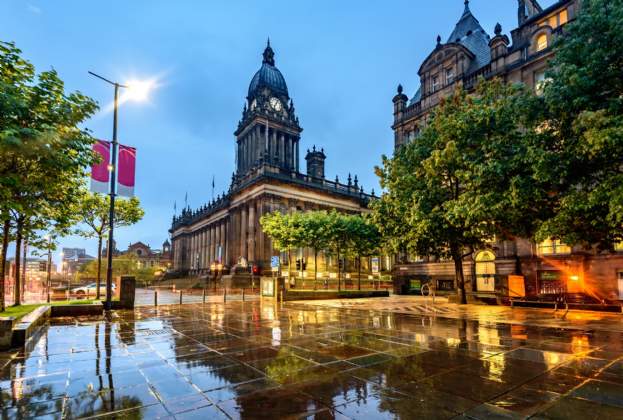World-class cities attract the attention of people everywhere. With all the history, buildings, culture, entertainment and activities on offer, it is not surprising that millions of tourists flock to them every year. On average, 77 per cent of the international visitors to the cities studied in our 12 Cities report visit for non-business reasons such as leisure, tourism or to see friends and relatives, with the remainder travelling for business purposes.
But this business visitor population is important. The size of the international business visitor market in a city can be seen as an indicator of how globally connected its economy is. We found that the city with the largest annual number of international business visitors is Paris, at 5.4 million, followed by London with 4.2 million. Shanghai has a very high percentage of international business visitors at 55 per cent, but it is not a prominent international leisure destination, especially compared with cities like Rio de Janeiro and Sydney. These cities have a large proportion of visitors seeking sunshine and lifestyle experiences but are further away from major visitor sources and therefore attract just 300,000 and 400,000 international business visitors respectively.
The business-versus-leisure divide may be less clear-cut than it first appears. The co-working, co-living, blended lifestyle of Generation Y blurs distinctions between work and play on business trips and so, in some cases, it is becoming difficult to distinguish between all the reasons for visiting a city. Even among ‘traditional’ executives you’d be hard pushed to find someone who does not take a walk and have a peek at just a few of the cultural and other attractions available in world cities – even if they are supposed to be travelling on business. Even harder to distinguish is the visit that might combine conventional business with private investments plus shopping, leisure, educational activities and socialising.
The increased blurring of business and leisure travel can be seen in the number of business travellers choosing to use Airbnb accommodation. According to Airbnb, business visitors now account for 10 per cent of their users, a proportion it is looking to increase: the company has recently signed agreements with three of the biggest business travel management companies in the United States to make the process of managing an employee’s stay in Airbnb accommodation easier.
Staying in a ‘home’ may well give the executive the space they need to work while enabling them to get closer to the local culture, but the trade-off is the sacrifice of extras such as concierge facilities, restaurants and gyms, as well as guarantees about the standard of accommodation. Jet-lagged executives could be more likely to favour well-known hotels which offer them a consistency of service and access to facilities wherever they may be, rather than taking their chances with bespoke accommodation in every city, which may well offer very different levels of comfort or amenity.
While the lines between business and pleasure may be blurred, visitors will continue to require significant levels of hospitality in world cities – and most will continue to find it in hotels. As they face competition from new types of accommodation, successful operators will continue to innovate, providing new experiences and tailor-made offerings, enabled by new technology.
Further information
Read more: 12 Cities – Visitor Cities 2016
.jpg)
.png)
.jpg)
.jpg)




(1).jpg)
.jpg)
